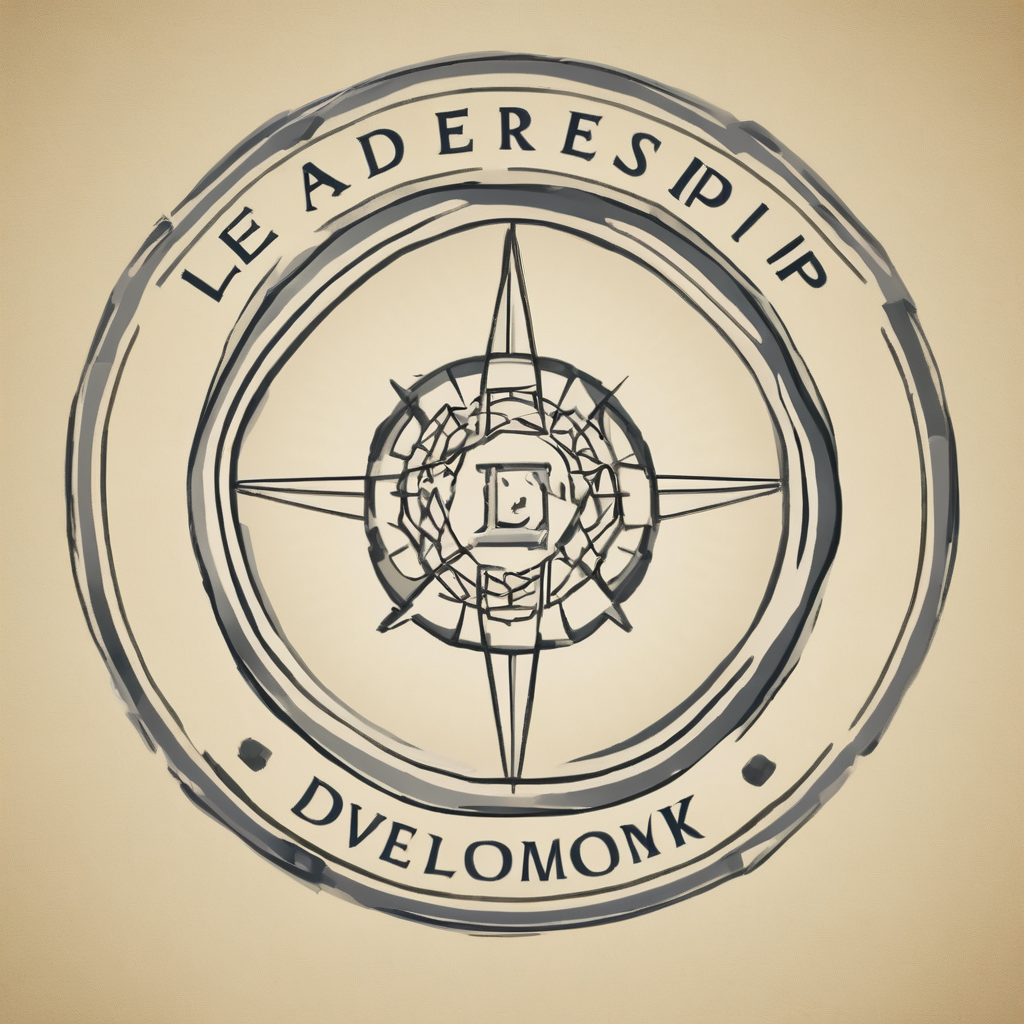Understanding Post-Pandemic Audience Behavior
The landscape of post-pandemic audience trends reveals significant shifts in preferences and engagement. As people navigated through the pandemic, their consumption habits and entertainment choices evolved, prompting indie theaters to reassess their approach to recovery. With the gradual return to normalcy, many individuals have developed a strong preference for intimate and unique experiences over conventional options. This shift indicates an opportunity for indie theaters to captivate these audiences by offering curated content that aligns with new tastes.
Engaging communication with audiences is now more essential than ever. Establishing a meaningful connection can foster loyalty and enhance attendance. By actively using social media and personalized interactions, theaters can amplify their reach and strengthen bonds with their communities.
Also to discover : Harnessing youtube”s potential: innovative plant care content techniques for uk garden centres
Moreover, audience behavior significantly influences email marketing strategies. Understanding these new preferences enables theater managers to craft targeted campaigns that resonate. For instance, incorporating interactive elements in emails, such as sneak peeks or invitations to virtual Q&A sessions, can significantly boost engagement.
By focusing on these audience engagement strategies, indie theaters can position themselves strategically in the recovery process. Emphasizing authentic experiences, transparent communication, and personalized marketing can ultimately lead to sustainable success.
Also to discover : Unleashing artistic potential: the ultimate youtube resource for uk independent artists to master comprehensive art tutorials
Fundamental Email Marketing Tactics for Audience Loyalty
When it comes to email marketing strategies tailored for indie theaters, effectiveness is key. It begins with constructing a strategy that highlights unique attributes of the theater. Showcase upcoming indie films, behind-the-scenes insights, and special events to create personalized content that piques interest. This approach encourages subscribers to stay engaged and look forward to each newsletter.
Creative content plays a pivotal role in audience retention. Incorporate engaging visuals and intriguing narratives about films to captivate your audience. Think about including sneak peeks or exclusive interviews that aren’t available elsewhere. This makes your audience feel valued and part of an intimate community centered around their love for indie films.
Consistency in communication fosters trust and bolsters audience loyalty. Regular updates keep your subscribers informed, making your theater their go-to choice for entertainment information. Ensure that your communication rhythm matches your brand tone and audience expectations, reinforcing the reliability of your theater.
Consider using tactics inspired by indie theater marketing. Mention niche film collaborations, or share community events that resonate with your audience. This encourages them to remain loyal and supports the idea that your theater is a cultural cornerstone. Integrating these elements into your email marketing strategies will effectively nurture a dedicated following for your indie theater.
Personalization and Segmentation in Email Marketing
Enhancing your email marketing strategy through email personalization and audience segmentation can significantly increase engagement rates. By targeting the specific needs and preferences of your subscribers, you can maximize the impact of your messages.
Benefits of Personalization
The primary advantage of email personalization lies in its ability to foster a sense of connection with recipients. When you tailor content to specific individuals, it resonates more deeply, which enhances viewer loyalty. Personalized emails have a higher chance of being opened, read, and acted upon because they address the recipient’s unique interests and preferences.
Effective Segmentation Techniques
Segmenting your audience is crucial to delivering relevant content. Common segmentation methods include dividing the audience based on demographics, purchase history, or engagement levels. By grouping subscribers with similar characteristics, you can craft messages that speak directly to their needs, thus improving engagement rates.
Creating Targeted Campaigns
Developing targeted campaigns involves more than just segmenting your list. Once you have identified your segments, the next step is crafting personalized messages for each group. This could involve using different language, offers, or call-to-actions that align with the interests and behaviors of each segment. For instance, indie theaters have successfully used targeted campaigns by highlighting films that cater to specific audience segments, thereby attracting more viewers and enhancing their overall experience.
Timing and Frequency of Email Campaigns
Determining the right frequency for your email campaigns is crucial to ensure that your audience remains engaged and receptive. Striking a balance is vital—too frequent emails can cause fatigue, while too few might result in missed opportunities for meaningful interaction. Understanding the preferences of your target audience helps to fine-tune the audience engagement frequency.
Optimal sending times are another key factor. Research suggests that early mornings or mid-day typically yield higher engagement rates. Of course, this can vary depending on your specific audience demographics, time zones, and industry. It’s important to experiment and analyze email performance metrics frequently to pinpoint the most effective times for reaching your subscribers.
To avoid audience fatigue, consider personalizing the timing of your emails based on subscriber behavior. Leveraging tools that track engagement rates allows you to tailor the timing of your messages more effectively. Segmenting your audience based on their interaction history can also help in sending relevant content without overwhelming them.
In summary, refining the cadence and timing of your email communication strategy can significantly enhance engagement. Prioritize regular analysis of your campaigns to keep them optimally timed and relevant.
Successful Case Studies from UK Indie Theaters
Delving into the world of case studies, we can uncover transformative strategies adopted by UK indie theaters. These are essential for theaters aiming to boost their presence.
Notable Campaigns
Among the successful campaigns, several UK indie theaters have shown remarkable creativity and ingenuity. A prominent example is the theatre that leveraged social media alongside email campaigns to dramatically increase audience engagement. Their strategy involved integrating compelling storytelling within their promotional materials, which resonated deeply with their audience. This method, combined with targeted advertising, led to improved ticket sales and brand visibility.
Lessons Learned
Impressions from these case studies suggest that a tailored approach resonates best with audiences. For instance, personalising emails beyond simple name insertions has proven effective. Engaging fans with nostalgic content or exclusive behind-the-scenes insights fosters a stronger connection. This not only boosts open rates but also keeps the audience eagerly anticipating future communications.
Key Takeaways
Other theaters can extract actionable takeaways by adopting similar tactics:
- Customisation: Craft messages that make recipients feel valued.
- Storytelling: Embed narratives reflecting theater’s ethos and performances to captivate readers.
- Integration: Utilise multiple channels for a cohesive promotional strategy.
By learning from these indie theater examples, others can adapt their methods for success.
Creative Content Ideas for Email Marketing
Crafting compelling creative email content is essential to captivating theater enthusiasts. The secret lies in blending innovation with audience-specific resonance. For theater newsletters, integrating unique and engaging theater newsletters content is key. By deploying multimedia, one can transform static emails into dynamic experiences.
Consider embedding interactive elements like quizzes or polls, which not only involve the reader but also provide insights into audience preferences. Videos or GIFs capturing behind-the-scenes actions can offer exclusive peeks, enhancing the audience’s connection.
The art of storytelling is monumental in devising effective content strategies. A well-told narrative about the making of a play, the scriptwriter’s inspiration, or an actor’s journey can evoke emotions and maintain interest. By weaving these stories within newsletters, theaters can build an emotional rapport.
Additionally, utilizing compelling photographs and evocative language can amplify the impact of the message. Emphasizing key events or special performances through visually appealing designs will draw attention instantly.
In essence, successful email marketing campaigns hinge on understanding the audience’s thirst for connection and delivering content that satiates this need. Through creative content ideas fortified with storytelling and interactive features, theaters can ensure their communications are not only read but remembered.
Measuring Success and Analyzing Outcomes
In the realm of email marketing, employing effective performance measurement techniques is pivotal to optimize results. By focusing on key metrics, analyzing audience feedback, and adjusting strategies, marketers can enhance campaign effectiveness.
Key Metrics to Track
Email marketing analytics offers a plethora of data that can pinpoint how well a campaign is performing. Vital metrics include open rate, click-through rate, and conversion rate. Open rate indicates the percentage of recipients who open the email, providing insights into the effectiveness of subject lines. Click-through rate measures engagement by showing how many recipients take action within the email. Conversion rate, albeit indirectly, gauges the success of the email in driving desired actions, such as purchasing a product.
Analyzing Audience Feedback
Gathering and understanding audience feedback is crucial for refining email marketing strategies. Feedback can often be acquired through surveys, direct customer responses, and even social media interactions. Such insights reveal the audience’s perceptions and preferences, helping marketers prioritize what elements need emphasis or change.
Adjusting Strategies Based on Insights
Data-driven insights allow marketers to iterate their strategies effectively. For instance, if analytics reveal low click-through rates, one might experiment with different call-to-action designs or more compelling offers. The iterative process of adjusting strategies based on performance measurement ensures that campaigns continually evolve, becoming more aligned with audience needs and market trends.
Building a Community Around Your Indie Theater
Creating a thriving theater community requires innovative approaches to foster community engagement and audience loyalty. When it comes to email communications, ensuring your messages are not only informative but also engaging is crucial. Begin by personalising emails with the recipient’s name and incorporating interactive content such as polls or questionnaires that solicit audience input on future productions or events. This not only engages your audience but also gives them a sense of ownership and investment in the theater’s success.
Enhancing your email marketing with social media can further boost community ties. Utilize platforms like Instagram, Twitter, and Facebook to share snippets and behind-the-scenes glimpses of upcoming shows. This creates a buzz around events and invites an eager audience to participate in discussions. Encourage your followers to share these social media posts within their networks, expanding your theater’s reach.
To truly cultivate a sense of belonging, incorporate personal stories or testimonials from regular theatergoers into your emails. Highlight how the theater has impacted their lives or why they are loyal patrons. By showing real-life connections and shared experiences, you bolster the community around your indie theater, fostering deeper engagement and audience loyalty.











